Transform Your Space with a Custom Gallery Wall
A gallery wall can transform any room, adding personality and style to your home. Whether you're showcasing family photos, artwork, or a mix of both, the process doesn’t have to be overwhelming. Follow these steps to create a polished gallery wall that reflects your style while staying organized.
1. Start with the Artwork
Decide on the type of art or photos you want to display. For a modern, cohesive look, stick to a specific color palette or theme. Alternatively, you can combine new and vintage pieces for a curated, collected-over-time vibe. The artwork should represent your personal style while fitting the overall aesthetic of the room.
2. Keep Frames Cohesive
Even if your artwork varies in style, size, or color, using matching or complementary frames creates a unified look. Choose a consistent frame color, such as black, white, or natural wood, and stick to one mat-board shade if using mats. Cohesive frames allow the artwork to shine without making the wall look cluttered.
3. Plan the Layout
Before hammering nails into the wall, arrange your pieces on the floor to determine the best layout. Experiment with different configurations until you find one that feels balanced. Take a photo of the final arrangement to use as a reference. Alternatively, use painter’s tape to outline the shapes of your frames on the wall for a visual preview.
4. Hang with Precision
Start with the central or largest piece as your anchor point, then build around it. Use a level to ensure the first piece is straight, as this will set the tone for the entire gallery. A crooked starting point can throw off the alignment of the other pieces.
5. Maintain Consistent Spacing
Uniform spacing between frames creates a clean, organized look. While the arrangement doesn’t need to be perfectly symmetrical, even spacing prevents the wall from feeling chaotic. Painter’s tape can act as a handy spacer to keep distances equal as you hang each piece.
6. Use Time-Saving Tools
Measuring tape can be tricky to use while holding frames. Instead, apply painter’s tape to mark distances between pieces. This simple trick saves time and frustration, especially when working in tight spaces. The tape also ensures accuracy without leaving marks on the wall.
Recent Posts
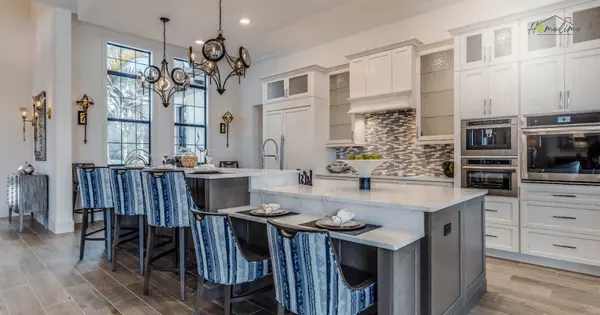
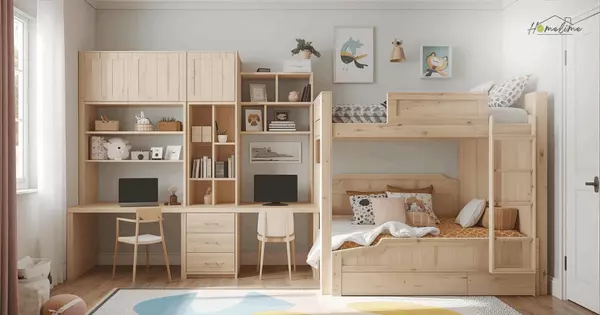


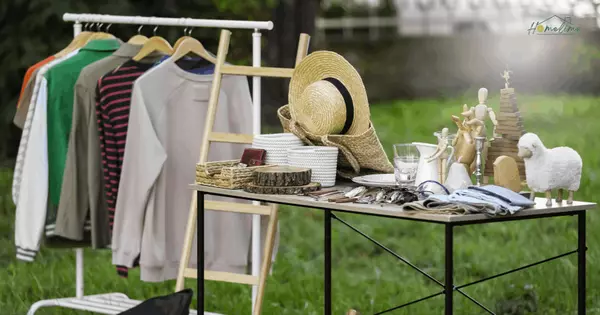
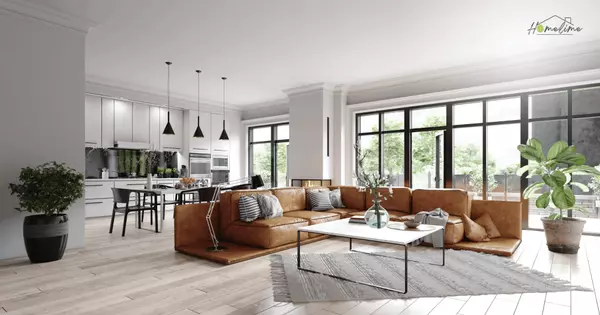
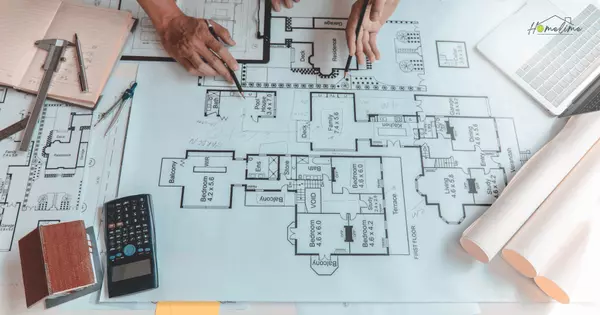
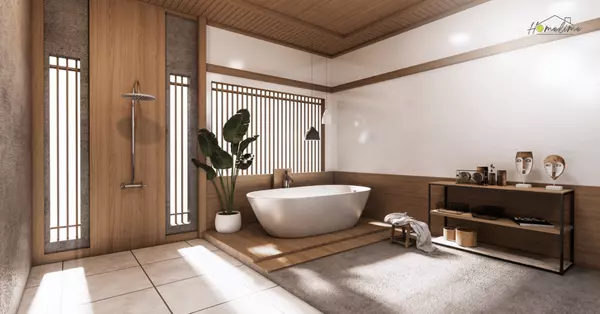


GET MORE INFORMATION


